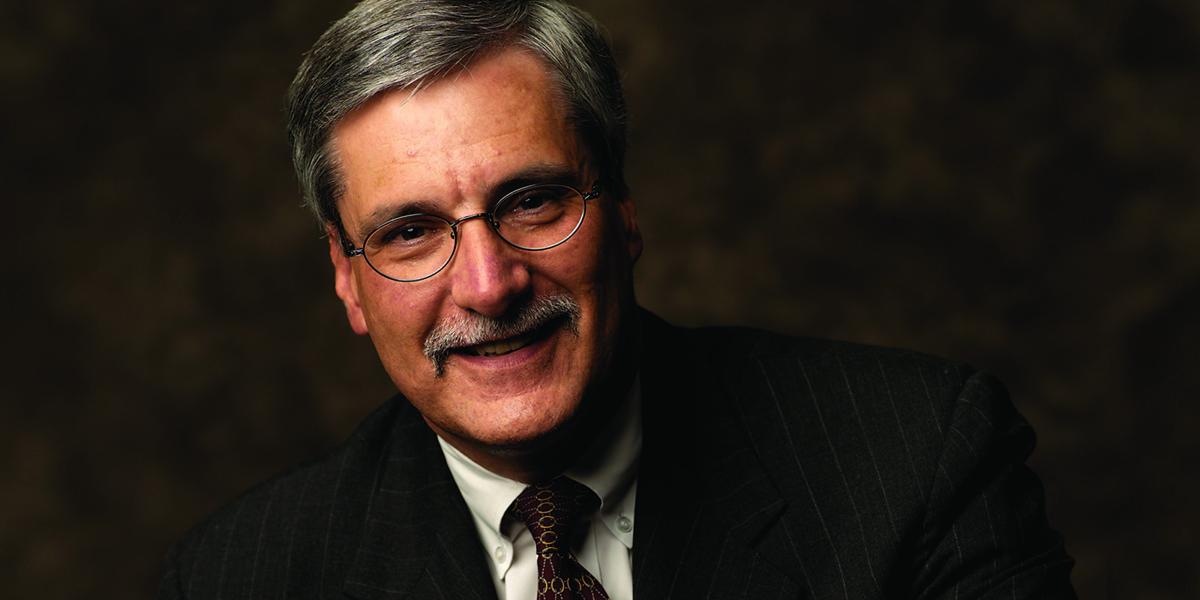Open Mike: Destination: Urban Health
I am the first to acknowledge that international research is in our School's collective DNA and always will be. However, that does not mean we can avoid challenges closer to home.
Two important but very different walks in my life have led me to the same place.
The first was one I often made down Wolfe Street to make house calls in the community near the Johns Hopkins medical campus in East Baltimore. The other is a little more metaphorical: the walk across Wolfe Street that I've done countless times—shuttling between my professional homes in medicine and public health.
Both "walks" helped me reach the same conclusion: We have to move outside the walls of our hospitals to solve urban health problems. If we want to improve the health of the people of East Baltimore and similar communities nationwide, we need population-based approaches that bring the might of public health to bear on the problems.
I made the house calls in East Baltimore as a practicing physician from 1984 to 2002. The problems I saw in patients' homes are the same ones you would see among impoverished urban populations across the U.S.: hypertension, diabetes, asthma, cardiovascular disease, substance abuse... They exact a tremendous toll on the East Baltimore community, eliminating the contributions of people in their later years and dimming the promise of too many young lives. At the hospital, we would often admit young people with long-term complications of substance abuse who had young children at home. We were always concerned about who was taking care of them. These are the kinds of experiences that have forged my commitment to improving urban health. Through my clinical experience, I know how hypertension or diabetes can affect not only an individual but also an entire family. I also know the power that public health has to assess a community's problems and determine the most effective interventions. When I was given the opportunity to lead the Bloomberg School, I knew that urban health would rank high on my agenda.
I am the first to acknowledge that international research is in our School's collective DNA and always will be. However, that does not mean we can avoid challenges closer to home. We need to tackle both. In fact, we always have. The School's commitment to East Baltimore reaches back at least to the 1932 establishment of the Eastern Health District (by the School and Baltimore City's health department) that married research with clinic and home-based care and prevention. As legend has it, a child couldn't sneeze in East Baltimore without someone making note of it.
Today, the School already has many research, education and service projects under way in East Baltimore (as this issue well documents). The School's efforts to prevent injury, stop youth violence and improve adolescent health have had a major impact on the health of children and families in Maryland. The Johns Hopkins Urban Health Institute, a University-wide effort now led by interim director Robert W. Blum, is joining in common cause with the people of East Baltimore to figure out the best ways to improve health in the community. The resources, the knowledge, the passion for change and the commitment are right here. The challenge for us now is to efficiently create synergies among the School's different departments and the University's different divisions that will multiply that impact.
"Synergy," "priority," and "commitment" are fine words, but what the people of East Baltimore (and many of our inner cities) need is action. So in the coming years, we need to: expand the research already being conducted by School faculty by fostering new collaborations with our sister schools here in East Baltimore and across the University; work in close partnership with the people of East Baltimore to develop new ways of responding to familiar health problems; seek out new support for our programs in East Baltimore; emphasize translational research that communicates the benefits of our research back to the people who need it; and, finally, make sure our successful programs become models that can be adopted in cities nationwide and even globally.
The men, women and children who call East Baltimore home struggle every day against poverty, violence, substance abuse and their effects on health. Our School needs to do what we do best: Generate knowledge to provide the tools to improve the health and well-being of the residents of East Baltimore and other urban centers across the country.
